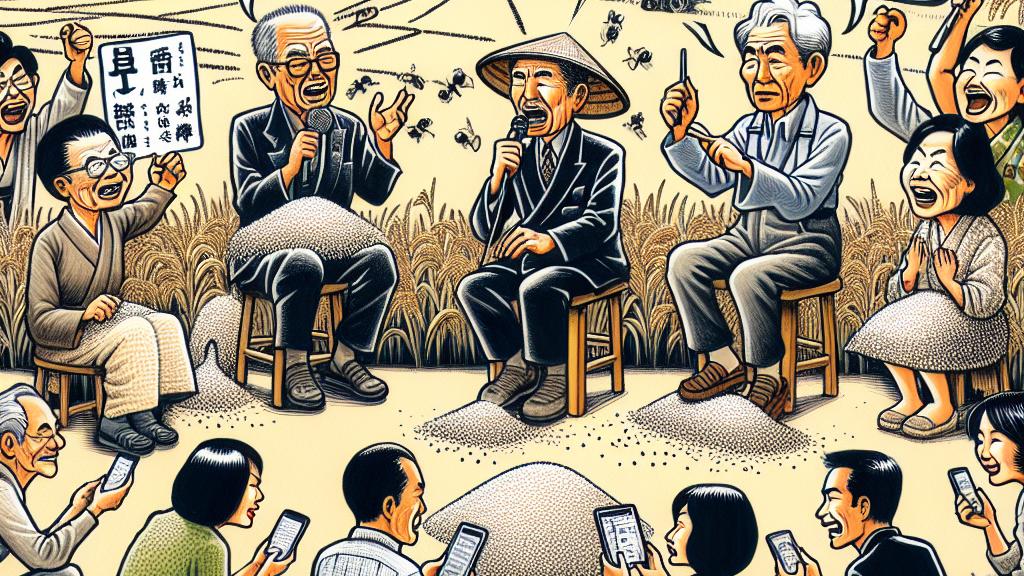Why Rising Rice Prices are Essential for Farmers' Survival?
Overview
- Farmers urgently stress the importance of fair rice prices for their livelihoods.
- Increased competition among producers dramatically influences rice pricing.
- Government initiatives are being launched to tackle pricing challenges head-on.

The Current Landscape in Japan
In Japan today, the conversation about rising rice prices has turned into a lively debate. Many farmers passionately declare that "Rice prices have been shockingly low for far too long." This sentiment reverberates throughout the agricultural community, where hard-working farmers strive to produce the high-quality rice that consumers appreciate. Social media platforms buzz with comments from consumers who, despite feeling the impact on their wallets, increasingly understand the value of supporting local agriculture. As one enthusiastic shopper noted, "I don't mind paying a bit more if it means the farmers can survive and thrive!" Through shared experiences, both farmers and consumers are recognizing that sustaining rice prices at a fair level is crucial for the future of Japanese farming.
Understanding Market Dynamics and Consumer Perceptions
The surge in rice prices can be attributed to various factors that intertwine market demands and production costs. For example, collection prices—the sums paid to farmers for their harvests—have skyrocketed recently. A stark illustration of this is the report indicating that a standard 5kg bag of premium rice now frequently costs over 4,000 yen. This escalated price has caught many shoppers off guard, leading to moments of shock at grocery stores. However, when considering the costs of other staples, like pasta or even fast food, the pricing of rice begins to seem more reasonable. One consumer remarked, "As I compare prices, I realize that supporting our local farmers is an investment in our community." This shift in perspective is essential as it fosters appreciation for the labour behind each grain of rice.
The Role of Government and Future Outlook
In light of rising rice prices, government bodies are proactively stepping in to stabilize the agricultural market. Various initiatives aimed at ensuring fair pricing are being discussed, with committees collaborating to create strategies that benefit both farmers and consumers. Educational programs designed to enlighten the public about the reasons behind price adjustments are gaining traction, emphasizing the interconnectedness of both groups. For instance, discussions may focus on how rising prices reflect not only the costs of production but also the dedication that farmers pour into their work. Ultimately, the goal is for consumers to understand that by supporting fair pricing, they are safeguarding the future of agriculture in their communities. This collective effort is paramount—after all, when consumers choose to invest in local rice, they are not just buying food; they are nurturing the economy that sustains them.

Loading...